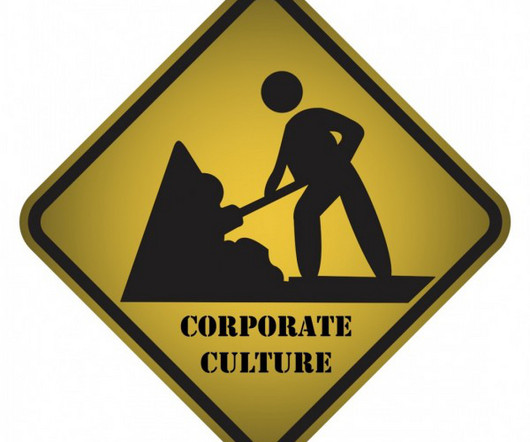4 Tips for an Effective Enterprise Mobility Strategy
Strategy Driven
APRIL 9, 2019
Business leaders also have to change their leadership style in order to still be able to drive a sense of connection and community within their organization. Co-location facilitates collaborative teamwork and innovation, so companies have to find a way to balance the needs of their employees with these core fundamentals.












Let's personalize your content